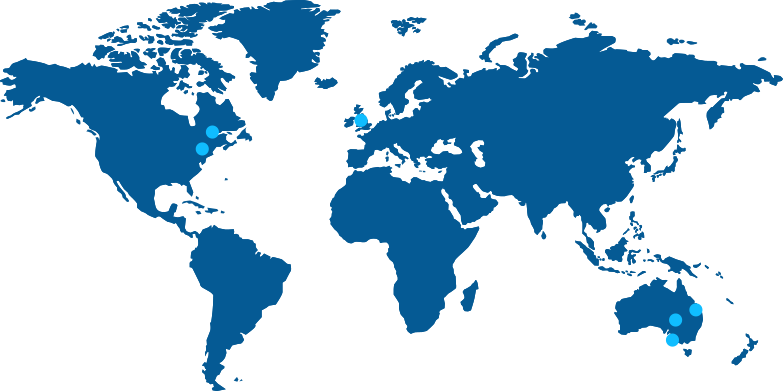What is S1000D?
From Turkey to Germany, Brisbane to France and California to Canada; people that make large assets such as helicopters, trucks, trains, warships and cargo ships rely on one unified documentation format – ASD S1000D.
ASD S1000D
The S1000D Specification website www.S1000D.org mentions – ASD S1000D™ (formerly AECMA) is a non-proprietary international specification for the procurement and production of Technical Manuals, specifically Interactive Electronic Technical Publications (IETP), for any civil or military project.
Even though the specification was initially developed by and for the Aerospace and Defence Industries, it is now used across a wider range of industries including Ship, Rail and Truck manufacturing.
The specification was first released in 1989, and the last release v4.1 came out in 2013. A new version (4.2) is also expected to be released at the 2016 conference in Spain in September.
S1000D is an International specification, not a standard. A 3,513 pages, the specification is not a small one and is known for being a resource for those who suffer insomnia. The specification is large for a reason, with each schema type and purpose, project requirements, examples and guidance all detailed.
The specification is designed to assist S1000D project teams in achieving their data delivery goals, and therefore covers planning and management, production, exchange, distribution and use of technical documentation. Information produced in accordance with S1000D is created in a modular form, called a “data module”. A data module is defined as “the smallest self-contained information unit within a technical publication”.
With the size of data modules being small and modular it is easily seen why the S1000D specification adopts the reuse principle of “create one, use many” from Continuous Acquisition and Lifecycle Support (CALS) standard.
S1000D content can be output in a variety of forms, including an Interactive Electronic Technical Publication (IETP), PDF, Hyper Text Mark-up Language (HTML), online and offline. The technical content is prepared and stored in either Standard Generalized Mark-up Language (SGML), or Extensible Mark-up Language (XML). Issue 3.0 and later stores technical content in XML only.
For more information regarding S1000D, feel free to access the Everything S1000D resource on our website, or connect with the friendly ADG Consulting Team.
Tammy Halter


